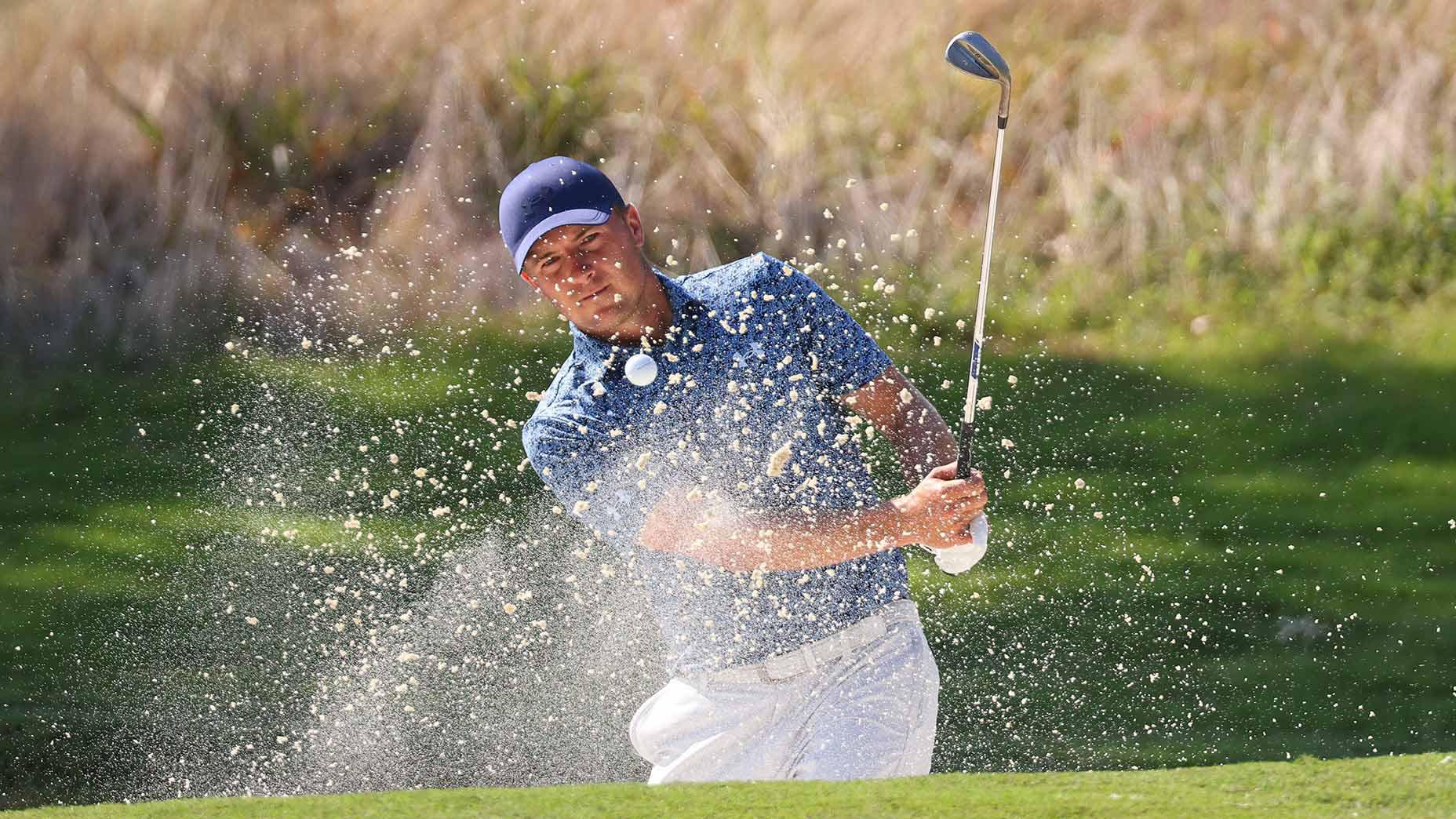Title: The Crucial Focus in Golf Ball Evaluation
Golfers aiming to enhance their on-course performance understand the significance of selecting the right golf ball from the multitude of options available in the market. While evaluating a golf ball’s overall performance is crucial, experts stress the paramount importance of focusing on a specific aspect during the testing phase: Shot Dispersion.
Assessing Shot Dispersion for Consistency and Accuracy
Shot Dispersion refers to the analysis of how consistently a golf ball travels in the intended direction and distance. This critical evaluation allows golfers to identify balls that deliver predictable and reliable outcomes, leading to improved accuracy and ultimately better scores on the course.
Testing Across Varied Conditions for Comprehensive Insights
It is highly recommended to conduct testing sessions under diverse conditions to gather comprehensive data for making informed decisions regarding the most suitable ball for your game. By testing the golf balls in different environments and scenarios, golfers can gain valuable insights into the ball’s performance across a range of situations, ensuring that they choose the ball that aligns best with their playing style and preferences.
Key Factors to Consider in Golf Ball Evaluation
Club Fitting: Ensuring a Precise Fit for Optimal Performance
Selecting the right golf clubs plays a pivotal role in the success and enjoyment of the game. Working with a knowledgeable club fitter who can analyze your swing and recommend clubs tailored to your physical attributes can significantly enhance your performance on the course. Investing in clubs that match your current skill level while considering future improvements is essential for consistent and effective gameplay.
Testing in Controlled Conditions: Obtaining Accurate and Comparable Data
Recreating on-course conditions during ball testing is vital for obtaining reliable and repeatable data. By controlling variables such as wind speed, temperature, and grass length, golfers can accurately assess factors like ball speed, spin rate, launch angle, and carry distance. Testing multiple balls under the same controlled conditions ensures unbiased comparisons and informed decision-making.
Considering Ball Spin and Trajectory: Impact on Distance and Accuracy
The spin and trajectory of a golf ball significantly affect its distance, accuracy, and controllability. Understanding the differences between high-spinning and low-spinning balls allows golfers to select the ball that best suits their playing style and course conditions. Factors like ball compression, swing speed, and environmental conditions also play a crucial role in optimizing impact and distance during golf ball testing.
By focusing on these key areas during golf ball evaluation, golfers can make informed decisions, enhance their performance, and elevate their overall game on the course.

When it comes to golf ball testing, there is a key factor that should take precedence to maximize your performance and enjoyment on the course. Evaluating golf balls goes beyond just the brand or price; it involves a meticulous examination of how the ball performs in various conditions to enhance your overall gameplay experience.
Understanding the Importance of Shot Dispersion for Consistency and Accuracy
Shot Dispersion, the measure of how consistently a golf ball travels in the intended direction and distance, is a critical aspect of golf ball testing. By analyzing shot dispersion, golfers can identify balls that deliver predictable outcomes, leading to greater accuracy and improved scores. It is essential to conduct testing sessions under different conditions to gather comprehensive data and make informed decisions about which ball suits your game best.
The Significance of Club Fitting in Golf Ball Evaluation
Choosing the right golf clubs tailored to your swing characteristics is paramount for optimal performance. A knowledgeable club fitter can analyze your swing and recommend clubs that match your physical attributes, optimizing your swing path, sweet spot control, and distance accuracy. Investing in properly fitted clubs can make a significant difference in your overall game and help you achieve better results on the course.
Testing in Controlled Conditions: Obtaining Accurate and Reliable Data
Recreating on-course conditions during golf ball testing is crucial for obtaining accurate and comparable data. Variables such as wind speed, humidity, and grass length should be controlled to assess factors like ball speed, spin rate, launch angle, and carry distance. By conducting tests in controlled environments, golfers can make informed decisions about which ball best suits their playing style and preferences.
Considerations for Ball Spin and Trajectory: Impact on Distance and Accuracy
Ball spin and trajectory significantly influence a golf ball’s performance on the course. Understanding the differences between high-spinning and low-spinning balls can help golfers select the ball that aligns with their playing style and course conditions. Factors like ball compression, swing speed, and environmental conditions play a crucial role in optimizing impact and distance during golf ball testing.
Optimization of Impact and Distance: Key Factors for Enhanced Gameplay
Two key factors to consider during golf ball testing are impact and distance. By optimizing these elements, golfers can improve their accuracy and consistency on the course. Factors such as swing speed, ball compression, club selection, and environmental conditions all play a role in enhancing performance and maximizing distance.
focusing on shot dispersion, club fitting, testing in controlled conditions, considering ball spin and trajectory, and optimizing impact and distance are essential priorities during golf ball testing. By paying attention to these factors and conducting thorough evaluations, golfers can enhance their performance, accuracy, and overall enjoyment on the course.




